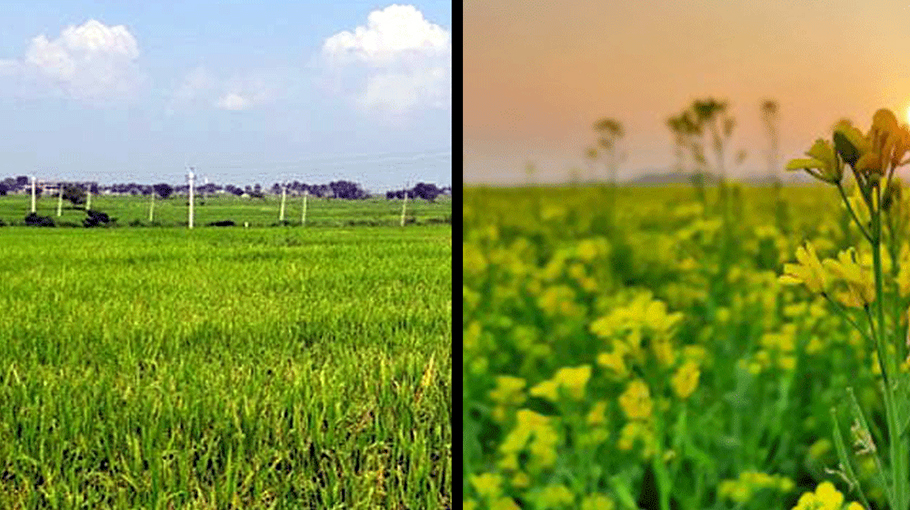Cultivable land increases in Sylhet

Cultivable land has increased in the Sylhet district. An additional 12,600 hectares of uncultivated fallow land has been brought under cultivation in the district this year. Different types of vegetables including rice, mustard, and pineapple are cultivated in these lands.
According to Sylhet Agricultural Extension Directorate, uncultivated land in Sylhet's hilly areas and many croplands owned by expatriates are not being cultivated. The effect of leaving uncultivated land in this way is affecting the crop production of the region. In the country where the crop intensity is 194 percent, it is 170 percent in the Sylhet division. Therefore, attention is paid to ensuring that this land comes under cultivation. In Sylhet this year, 84 thousand 700 hectares of arable land has been set for boro crop and 41 thousand 520 hectares of vegetable cultivation. Along with it, 12 thousand 600 hectares of uncultivated fallow land has been brought under cultivation.
Additional Deputy Director (PP) of Sylhet Agriculture Extension Department Mohammad Anichuzzaman said that Sylhet district has the most fallow land in the Sylhet division. About 31 thousand hectares of land in the district is uncultivated. Because of the directives of the Prime Minister to make the country self-sufficient in the global crisis, some lands have come under cultivation as part of the initiative to bring fallow land under cultivation in Sylhet district this year. Different types of vegetables including paddy, mustard, and pineapple gardens are being cultivated in these lands.
Anichuzzaman also said that there is still a lot of uncultivated land in Sylhet. There is some uncultivated government land and some hills are being used. There are some fallow lands whose owners are expatriates or living in other areas. We are trying to bring them under cultivation. We are working at the grass root level to motivate farmers and landowners. Mustard seeds, fertilizers, and agricultural inputs are being distributed to farmers at various times.




